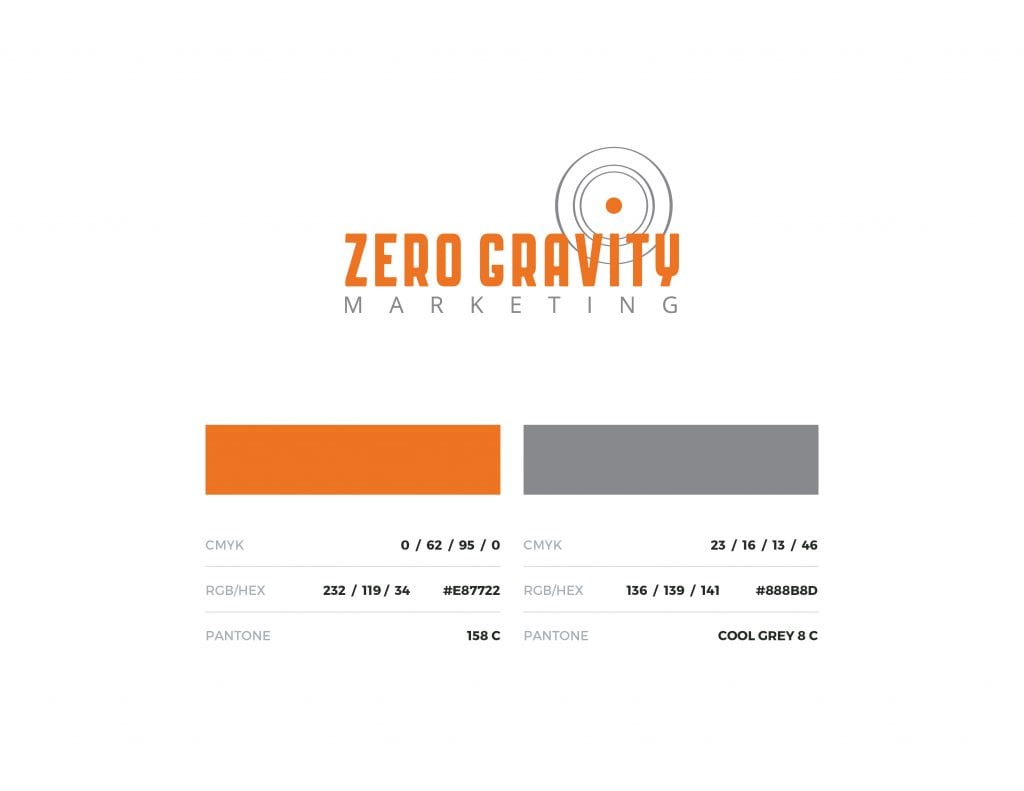Brand style guides serve as rulebooks that detail all of the essential aspects of your branding – from colors to fonts, logos, and more. These guidelines are essential for companies of all sizes, as they take your unique brand vision and translate it into specific design elements.
Let’s take a closer look at brand style guides and why they’re so important.
What Is a Brand Style Guide?
A brand style guide contains key reference details for a specific company or organization. It ensures that the brand remains consistent across all touchpoints. For example, someone looking at a company’s website should see the same colors and logo that they do on business cards or in emails (unless specified in the style guide).
These reference details provide design teams with a place to look when they begin creating brand collateral. That way, each team member can design content that matches the brand’s voice and targets the correct audience.
Why Brand Style Guides Matter
Style guides are essential for maintaining consistency across all aspects of the brand, as they help ensure that everyone involved in the design process knows the specific direction the company wants to take. Without this set of guidelines, the brand would likely become unrecognizable over time.
What to Include in a Brand Style Guide
The main goal of a brand style guide is to establish definitions for specific design elements. This usually includes a variety of components, such as:
- Logos – Your brand style guide should feature a finalized version of your company logo as well as preferred dimensions for both screen and print. That way, you can ensure that the image is clear and properly structured across a variety of applications.
- Color Palettes – In terms of color schemes, a style guide should list out specific RGB and hex codes to ensure all colors match perfectly.
- Fonts – A comprehensive style guide will also include your company’s preferred font styles or typography. This helps to eliminate guesswork, as default fonts tend to vary from program to program. You should also list out specific details like alignment and spacing, too.
While these three elements form the basis of standard brand style guides, more in-depth variations will include several other components as well. For example, extensive guides often provide direction on icons and illustration styles, photography, and brand collateral (such as business cards, stationery, etc.).
Here’s what a basic brand style guide might look like:

Ready to Bring Your Brand’s Vision to Life? Zero Gravity Marketing Can Help
Whether you’re building a brand from the ground up or want to revamp your existing image, creating a comprehensive brand style guide is the first (and perhaps most important) step. Therefore, it’s crucial to seek help from an experienced team of designers who can help you pinpoint your vision and translate it into a list of actionable items.
At Zero Gravity Marketing, we’re dedicated to helping you represent your brand and stand out from the competition. For more information about our creative design services, or to speak with one of our design gurus, contact us today!









